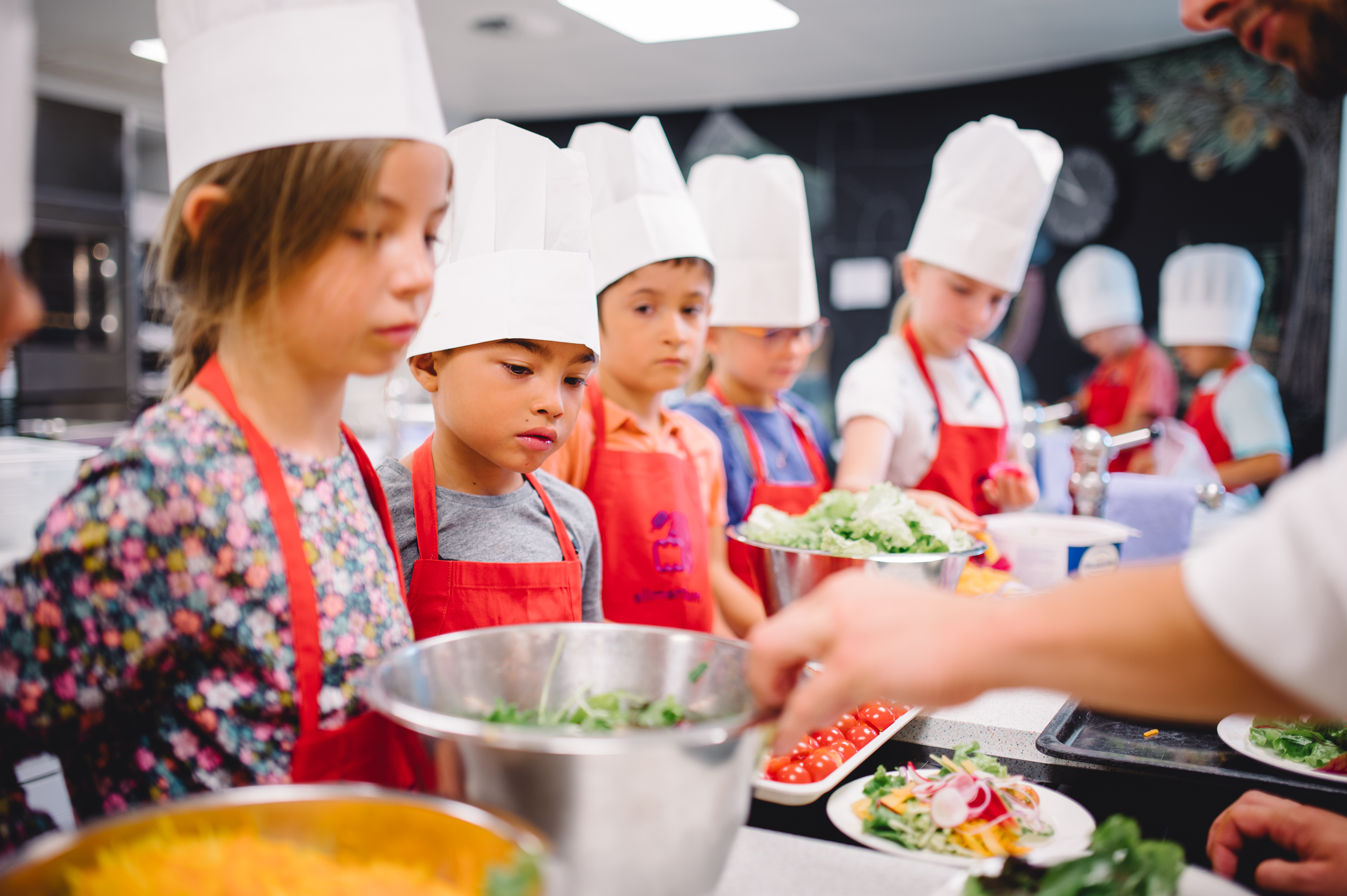

-
Visit
Opening hours From Tuesday to Sunday
October to March:
10:00 - 17:00
April to September:
10:00 - 18:00Contact emailEntrance feesAdults: CHF 15.00
Reduced rate: CHF 12.00
Children 6-15: CHF 6.00
Children 0-5: FreeAddressQuai Perdonnet 25
CH-1800 Vevey
Switzerland - Learn & Play
- About us
- Accessibility
Welcome !
Think. Learn. Interact.
Create an account in seconds and discover the amazing Alimentarium experience !

Does it flow?
Have you ever wondered where the water you drink comes from? How is this resource regenerated?

Open kitchen
Step into the kitchen, where our skilled chef will share their expertise with you.

Cooking together
Take advantage of every opportunity to create seasonal specialties! It’s so good so cook with four hands and then enjoy seasonal delights!

Family Day at the Museums
During the Saint-Martin Fair, the Alimentarium invites you and your family to make traditional “nonnettes”, delicious gingerbread cakes filled with orange.

This month at the Alimentarium
Take part in culinary classes or workshops for adults, children, groups, companies or schools and get cooking!
More info
School activities
We have designed these activities to help students understand the history, culture, science and technology behind our food!
More info
Systema Alimentarium
The exhibition invites you to reflect on the global food system and the issues it is currently facing in relation to global health and the environment.
Find out moreOur Museum is open as per its usual hours. We look forward to welcoming you!
Entrance fees
Per person
Adults CHF 15.00
Reduced rate CHF 12.00
Children 6-15 CHF 6.00
Children 0-5 Free of charge

Garden
The garden is set in an idyllic location, magnificently overlooking the lake, and forms an integral part of the Museum scenography.
See moreFrom 6 to 12 years
Flate rate CHF 350.00
Is it your birthday? Get your apron on and come and make a healthy, tasty snack in a kitchen specially designed for kids!
From 6 to 12 years old
Package CHF 360.00
The whole class cook a full menu on a chosen theme. Discover the world of food in a fun way at the JuniorAcademy, then enjoy your delicious meal together!
Adults and children (aged 6 and over)
CHF 25.00 per participant
Seize every opportunity to create seasonal delights!
Sharing knowledge and skills is what we do. With passion. That’s why the Alimentarium organises daily culinary workshops and classes led by qualified chefs.



